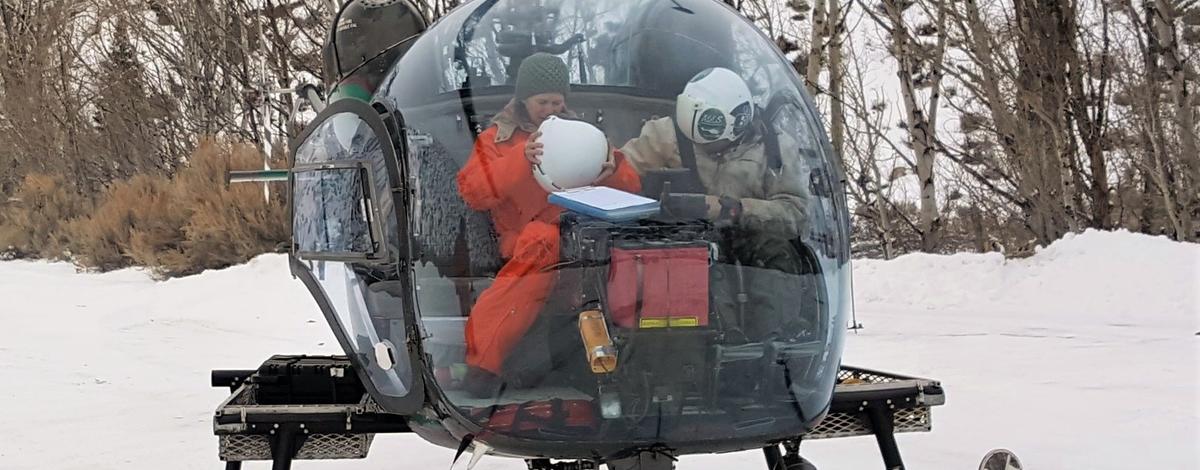With the snow piling up and deer and elk moving to the lower elevations, conditions are ideal for Idaho Fish and Game to continue aerial surveys of big game herds to determine trends in populations.
Earlier this winter, Fish and Game conducted surveys for deer in the Lemhi and Pahsimeroi River valleys. In the coming weeks, surveys of deer and elk will continue in management units 21, 21A, 28, 36B, as well as units 30 and 30A. The goal of these surveys is to determine population trends, and age and sex ratios. These surveys are estimated to take three to four weeks to complete, depending on weather conditions.
In some areas, Fish and Game will also use a helicopter to capture and radio-collar deer fawns and elk calves to monitor their survival and determine causes of death. A bighorn sheep radio-collaring effort is also planned later this winter in the lower Panther Creek area, as an ongoing disease monitoring project.
Herding big game with a helicopter seems to contradict the message about the importance of leaving wildlife alone during winter. Generally, the information collected during our aerial surveys can be gathered within a few minutes or less of an animal being spotted. Also, it takes a total of 15 to 20 minutes to quickly herd, capture and release an animal fitted with a radio collar.
Biologists try their best to minimize stress and complete these projects early in winter when the animals aren’t yet feeling the accumulated effects that take hold in February and March. This one-time stress is over quickly and has less long-term impact on the animal — compared to frequent encounters with people and pets.
While labor intensive and dangerous at times, the information collected will be used to determine the overall health of Idaho’s herds, which plays an important role in determining future hunting seasons.

